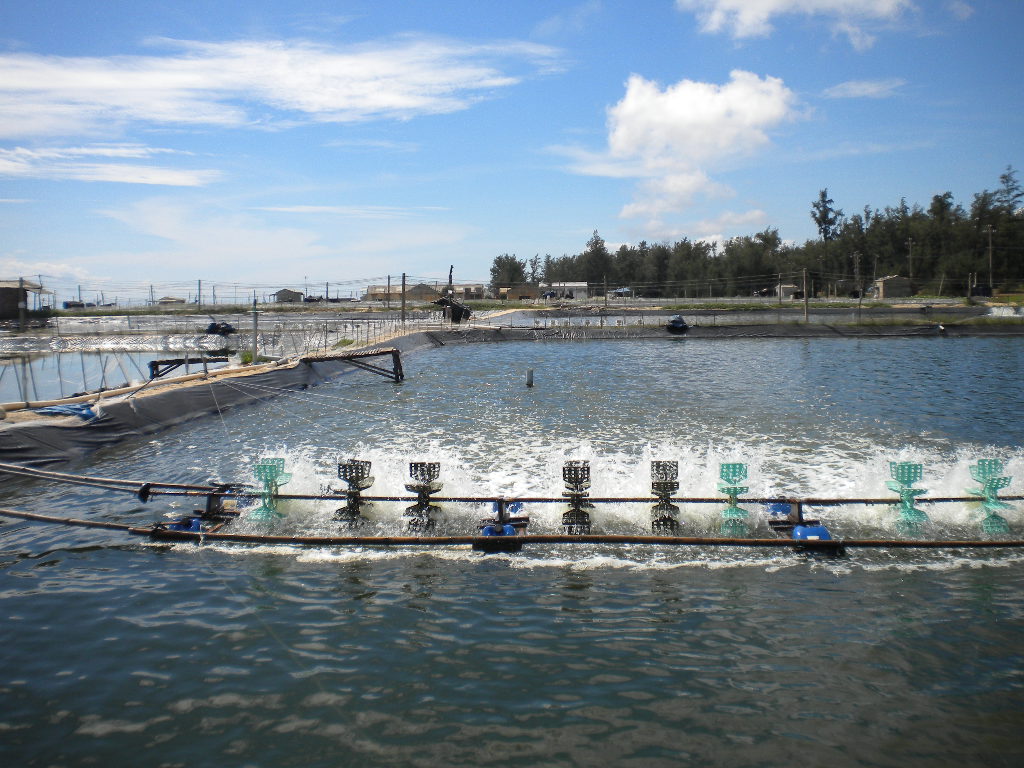NANOMIC Company
Probiotics in aquaculture have been widely applied and accepted in disease control, immune immunity, and environmental treatment.

In the face of serious environmental pollution in aquaculture, especially due to the excess of food, feces and chemicals, antibiotics have been used overdose on the bottom of the pond. In addition, the mud layer on the bottom of the pond due to accumulation of floors is where rotten microorganisms produce toxic gases such as NH3, H2S such as Vibrio, Aeromonas, Ecoli, Pseudomonas, Proteus, Staphylococcus., Fungi and raw materials. Biological application With the application of advanced technology from developed countries such as the US, biological products in aquaculture environment are directly applied as a highly effective solution to solve the umbrella problem. Environmental pollution in ponds, creating a solid foundation for most aquaculture activities in the world.

Probiotics in aquaculture have been widely applied and accepted in disease control, immunity enhancement, and environmental treatment. This is completely different from the method of using chemicals and antibiotics to pollute the soil and water environment.
The use of useful microorganisms to compete with pathogenic bacteria is one of the main applications in the creation of blended biological preparations, replacing chemicals and antibiotics. disease contributes to a safe, efficient and long-term farming environment.
The main component of probiotics is a collection of living microorganisms, selected, optimized by high technology to produce a line of probiotics in the form of powder, water and granules. Each manufacturer can choose different species, but the most common ones are bacillus species, lactic acid bacteria, bifidobacterium sp, saccharomyces cerevisiae, nitrosomonas, nitrobacter, etc.